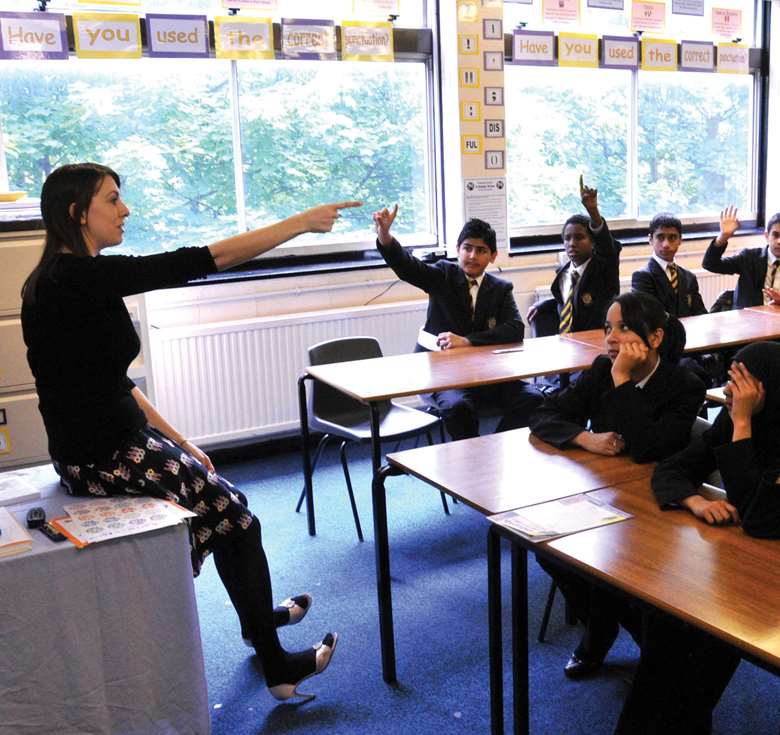Disadvantaged pupils 'falling further behind', study finds
Joe Lepper
Wednesday, August 2, 2017
The attainment gap between the most disadvantaged pupils and their peers has worsened over the past decade, analysis of government data has revealed.

Analysis by the Education Policy Institute (EPI) found that children defined as "persistently disadvantaged" - those who are entitled to free school meals for 80 per cent of their time at secondary school - are on average more than two years (24.3 months) behind their peers in terms of academic achievement by the end of secondary school, an increase of 0.3 months on figures recorded for 2007.
The study also found that progress has been made in narrowing the attainment gap for "disadvantaged" pupils, defined as those who are entitled to Pupil Premium funding, but it warns that this gap is closing "slowly and inconsistently" - despite considerable investment and targeted intervention programmes by the government.
While the overall gap for this group has narrowed by three months since 2007, much of this gain is made in primary school. The analysis found that, during secondary school, disadvantaged pupils fall behind their peers at a rate of around two months per year.
"Our research finds that the most persistently disadvantaged pupils in England have fallen even further behind their peers, with their attainment gap at the end of secondary having grown since 2007," said Jo Hutchinson, the Education Policy Institute's director for social mobility and vulnerable learners.
"At the current rate of progress, it would take a full 50 years to reach an equitable school system where disadvantaged pupils did not fall further behind their peers between the ages of five and 16."
The research found that disadvantaged pupils at schools on the Isle of Wight face the biggest attainment gap, being two years and five months behind their peers by the time they leave secondary school. Other areas that have larger than average attainment gaps for disadvantaged pupils include Derby, Cumbria, South Gloucestershire and Knowsley.
Areas with the smallest gap between disadvantaged pupils and their peers are the London boroughs of Southwark, Wandsworth and Tower Hamlets, where the difference is just seven months.
Other groups of pupils where the educational attainment gap is particularly large are those from black Caribbean families, as well as traveller, gypsy and Roma pupils, and those with special educational needs or disabilities.
The EPI is calling on the government to increase the reach of its extra funding for "opportunity areas", which have been identified as areas where social mobility is particularly difficult for disadvantaged communities.
It said its research has uncovered further areas where the gap between disadvantaged pupils and their peers has increased in recent years, including Darlington, Rossendale and Boston.
Avis Gilmore, assistant general secretary of the National Union of Teachers, said the EPI analysis offers the government "a sombre warning" that more investment is needed in schools to help them support disadvantaged pupils.
"Local authorities and schools are being starved of cash resulting in the closure of or cut-backs to many essential support services for those pupils most in need," she added.
A Department for Education spokesman said: "We are determined to ensure that all children, regardless of their background, get the excellent education they deserve.
"Our data, which looks at the number of children who have been eligible for free school meals in the last six years, shows the attainment gap between disadvantaged children and their peers has narrowed since 2011.
"But there is more to do. That is why, through the Pupil Premium, we are investing almost £2.5bn of additional funding this year to support schools in raising the attainment of disadvantaged pupils.
"On top of this, our £72m opportunity areas programme will not only create opportunities for young people in social mobility ‘coldspots' across the country, but best practice will be spread wider to more schools to ensure all young people get the opportunities they deserve."




